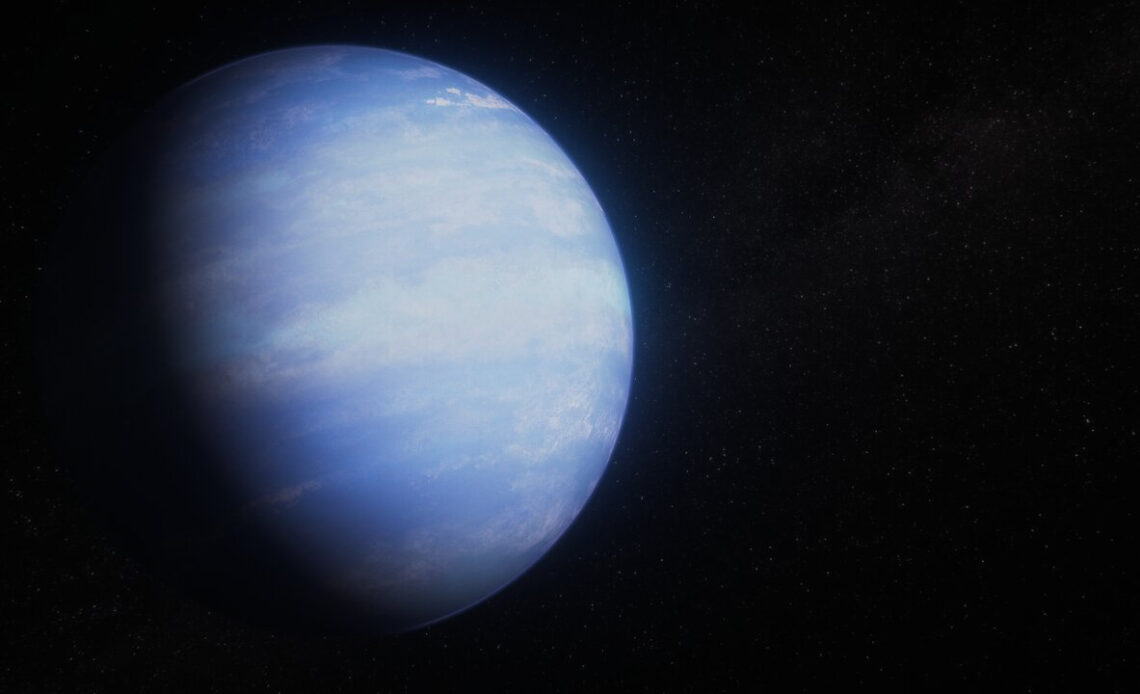A surprisingly low reservoir of methane may explain how a planet around a nearby star grew weirdly puffy, according to new observations from the James Webb Space Telescope (JWST(. The finding shows that planetary atmospheres can inflate to remarkable amounts without employing esoteric theories of planet formation, astronomers say.
“The Webb data tells us that planets like WASP-107 b didn’t have to form in some odd way with a super small core and a huge gassy envelope,” Michael Line, an extrasolar planetologist at Arizona State University, said in a statement. “Instead, we can take something more like Neptune, with a lot of rock and not as much gas, just dial up the temperature, and poof it up to look the way it does.”
Discovered in 2017 by the Wide Angle Search for Planets (WASP) consortium, WASP-107 b, located roughly 200 light-years from Earth in the constellation Virgo, is among the lightest of the more than 5,000 exoplanets found thus far. Despite being nearly as large as Jupiter, WASP-107 b weighs just 12%of the gas giant‘s mass, equivalent to only 30 Earths. For context, one Jupiter mass is equal to about 318 Earth masses. This planet is so puffy, the team says, that its density can be likened to a microwaved marshmallow.
Related: Cotton candy exoplanet is 2nd lightest planet ever found
From previous observations of WASP-107 b’s size, mass and age, astronomers suspected the planet had a small, rocky core enveloped by a rich reservoir of hydrogen and helium gases. However, such a scenario failed to fully explain the remarkably bloated orb, which, despite the fact it orbits its star at one-seventh the distance between Mercury and our sun, doesn’t receive enough energy from its star to account for its cotton-like density. Alternatively, if the planet’s core actually held more mass than expected, scientists say the atmosphere would have shrunk as the planet cooled over time, meaning it would have turned out smaller than what is observed.
Now, using the JWST’s data — combined with previous observations from the Hubble Space Telescope — two independent teams of astronomers may have solved the puzzle. In short, they discovered that methane in the planet’s atmosphere is one-thousandth of what would be expected for this world. Because methane is unstable at high temperatures, astronomers say the surprisingly low amount is evidence that the gas from deep within the planet is “mixing vigorously with cooler layers higher up,” David Sing of Johns Hopkins…
Click Here to Read the Full Original Article at Space…

